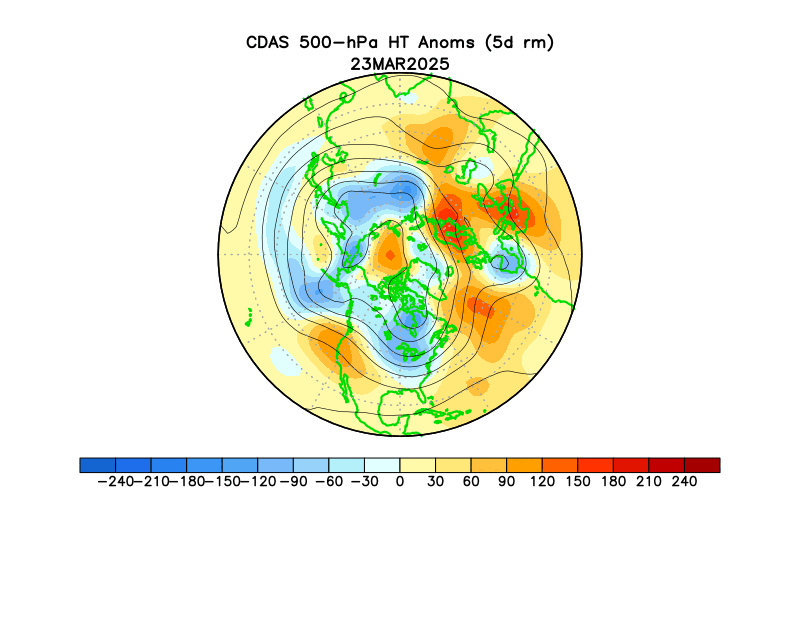-Take down any outdoor screen houses/umbrellas
-Don't park under tree limbs!
-Keep the space heater ready, if power goes out so does heat!
-If you need to keep food items cold outside works. Unless a bear comes...
-No matter your age, take breaks while shoveling. This snow is often called "cardiac snow".
-Do not walk/stand under stressed trees with foliage
-Above all, don't under estimate the storm just because it's October...
Elevation will still play a major role in this storm, but so does the exact track. I'm going to take the average liquid equivalent of all models and use that to draw my map while keeping terrain into consideration. Let's look atthe QPF maps:
NAM: (1.5"-2.00")

NMM: (2.00"-3.00"+)

GFS: (1.50"-2.50")

JMA: (2.00+)

Now that we have a good idea of precip amounts let's look at the sounding:

Above is a vertical profile of the atmosphere and the red link represent freezing. The long blue line are temp and dew point. When they come close to each other it means the air is saturated, in this case it's not clouds but HEAVY precip. If you look closely the lowest level is above freezing to start the storm. This means areas below 1,000 feet will start off as rain. Above that expect all snow from the beginning. To those of you below 1,000 don't fear, the rain falling will actually cool the surface quickly and change it over to snow. It's better known as evaporational cooling.
Let's progress to the height of the storm:

Now that's what I call a PERFECT snow sounding. No significant upper level inversions, which means no mixing! At this point in time snowfall rates could be near 2"-3" an hour! Highest elevation will be colder than lower ones, which means higher snow ratios and thus deeper snow.
Now that we cleared all that up let's look at the snow map/forecast:
Map considers these circumstances:
Most affected (Morris, Warren, Sussex, western Passaic)
-Average precip total (QPF) for entire area = 2.125"
-Snow ratio of 8:1 to 10:1 by hour 6 of event
-Surface temp tomorrow for areas <500' = 34.1
-Surface temp tomorrow for areas 500'-1,000' = 32.5
-Surface temp tomorrow for areas 1,000'-1,500'= 30.8

-Also expect gusty winds out of NE
-Thunder snow is being forecasted
-White out conditions at times
Be safe and stay classy...
P.S. What do you think of this new format for snow map blogs? Does it help with understanding the event? Comment or send email to millirod@kean.edu














